Since the beginning of times, humans -as social beings- have sought the shelter of gathering with other people to interact, share time and celebrate. Certainly the festivities have been the engine of endless religious and pagan meetings, in which the people asked or thanked the gods and sacred figures for what they wished.
In Mendoza, getting a good harvest of grapes ensures the production of its praised wines and the activity of the industry. The work before, during and after the harvest is celebrated in this festival that has a name that is already an international brand: the National Grape Harvest Festival.
Mendoza, located in the central west area of the Argentine Republic, cradles its traditions leaning against one of the most imposing mountain ranges on the planet, the Andes. From this place, it showcases an event without equivalent in the world: the National Grape Harvest Festival. This huge cultural event presents visually themes such as the joy for a good harvest, the gratitude to Mother Earth for the growth of the vines. Today this popular celebration counts with hundreds of artists and has become a cultural symbol of Mendoza’s identity to the world.
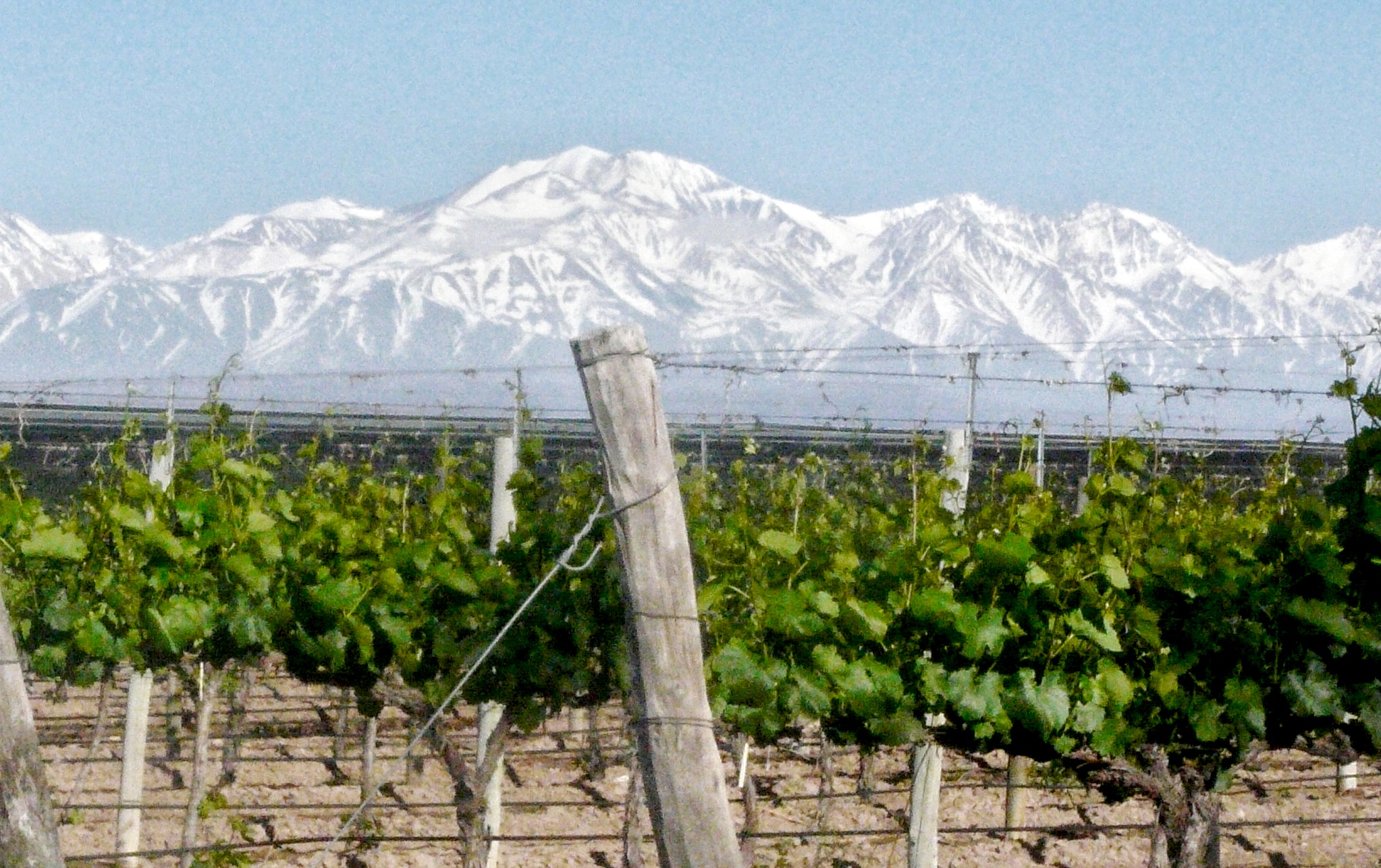
Inspiration
Wine is mystical and inspiring, a bridge between the human and the divine, between the individual and the collective spheres. Wine has always contributed to loosen boundaries and facilitate the sincere and creative expression of feelings. Thus, the National Grape Harvest Festival responds to this inspiring elixir and has already received valuable international recognition.
A couple of years ago, the National Geographic magazine ranked the National Grape Harvest Festival as the second most important harvest festival in the world, behind the Thanksgiving celebration in the United States. The digital site www.fest300.com (dedicated to promoting a selection of festivals throughout the world) included the National Grape Harvest Festival as one of the 300 most important ones in the world. Our celebration shares the list with festivals of great fame on the planet, such as the Carnival of Venice (Italy), the Chinese New Year (China), the Oktoberfest (Germany), the Fiesta de San Fermín (Spain), the New Year in Rio (Brazil) and even compares it to a “Mardi Gras but with wine” (United States).
It is the only one of its kind in the world for bringing together more than 1,000 artists simultaneously in an open-air Greek theater. The staging of the show at the Frank Romero Day Greek theater also has creative aspects that have become cultural heritage, such as the beautiful handmade lighting boxes. Its scenery is colorful and imposing.
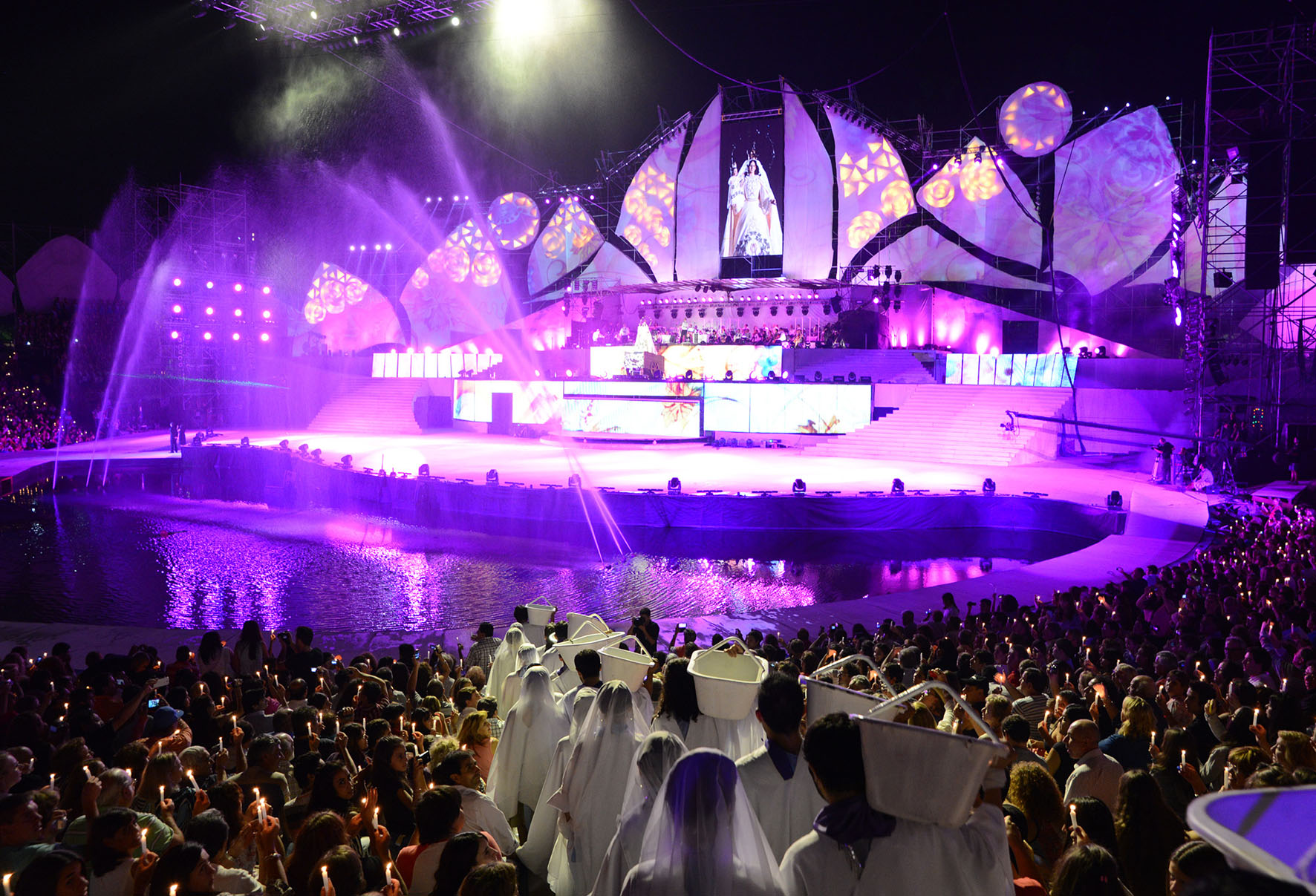
Harvest, the identity of Mendoza
Every year, for three months, Mendoza pays homage to its roots and celebrates the new wine. The schedule of the grape harvest festivities has celebrations in the different districts and departments of Mendoza from the beginning of January to the beginning of March. Among the festivities, the Blessing of the Fruits stands out. It is a religious and musical event. The calendar continues with two big parades of allegorical cars through the central streets of the City of Mendoza, one during the day and another one at night with great display of lights. Finally, the Central Act of the National Harvest Festival is held on the first Saturday of March.
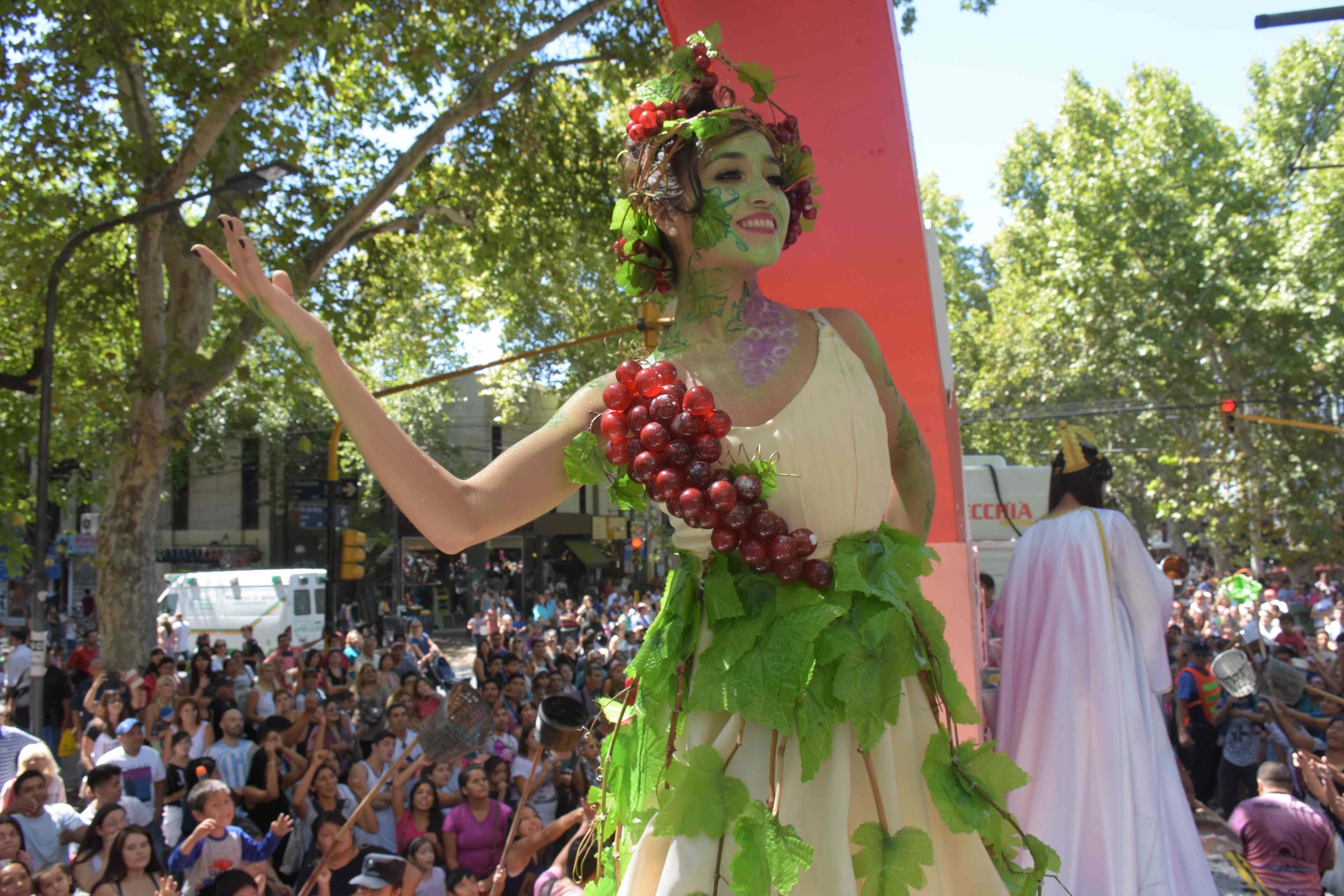
During the harvest season, wine becomes the maximum symbol of the efforts and dreams of the people of Mendoza. It is the best presentation card of the region as ambassador of a wine culture forged since the 17th century. The Harvest is an imperishable declaration of identity for the Mendoza people.
The Harvest in the DNA
The first celebrations of the grape harvest took place in the times of the viceroyalty. It was a colorful festivity characterized by music of drums and passionate dances under the light of copper chandeliers. Four hundred years later, the joy is the same. The Harvest continues to be a great reason for celebration. It took along the way the social and artistic contribution of Afro-Americans, mestizos and European immigrants, to form a unique, diverse and rich identity.
Now, in 2023, 87 years after being established as an official celebration, the National Grape Harvest Festival presents an artistic and technical display on a global scale with hundreds of dancers, actors and actresses on stage, dozens of performers and singers delivering mostly original live music, surrounded by a monumental scenery. Thousands of square meters of stage, hundreds of light and several thousand costumes.
Mendoza can proudly say that wine has become a cultural fact in itself, carrier of the DNA of the inhabitants of Mendoza and generously offered in a glass to visitors.
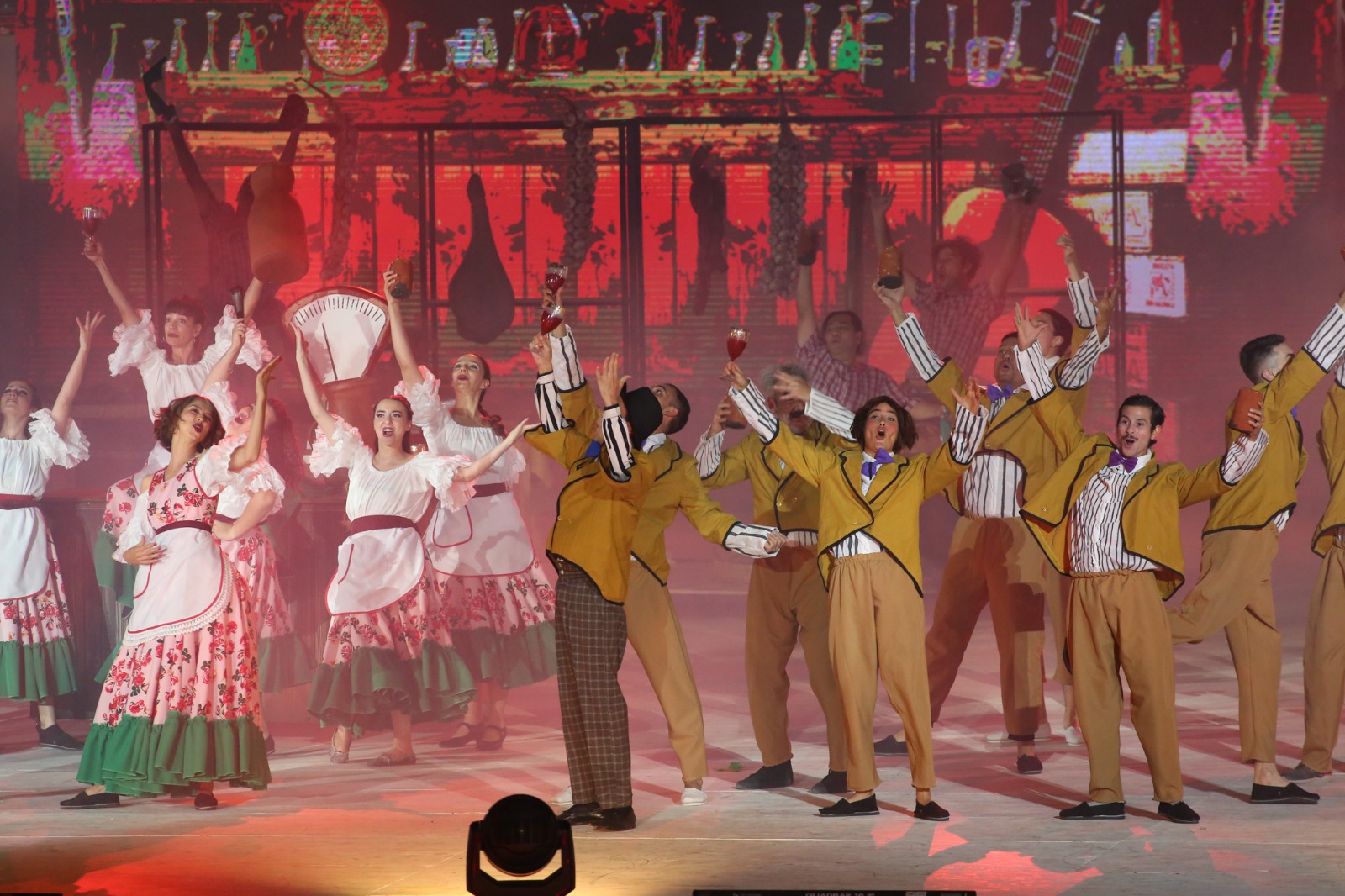
Wineries, temples of wine in Mendoza
With almost 900 wineries and around 80% of the national wine production, Mendoza has more than 160 wineries open to tourism, to visit and taste their production. In many of these temples of exquisite architecture, it is also possible to enjoy the wonderful and award-winning Mendoza gastronomy and even spend the night in dream places.
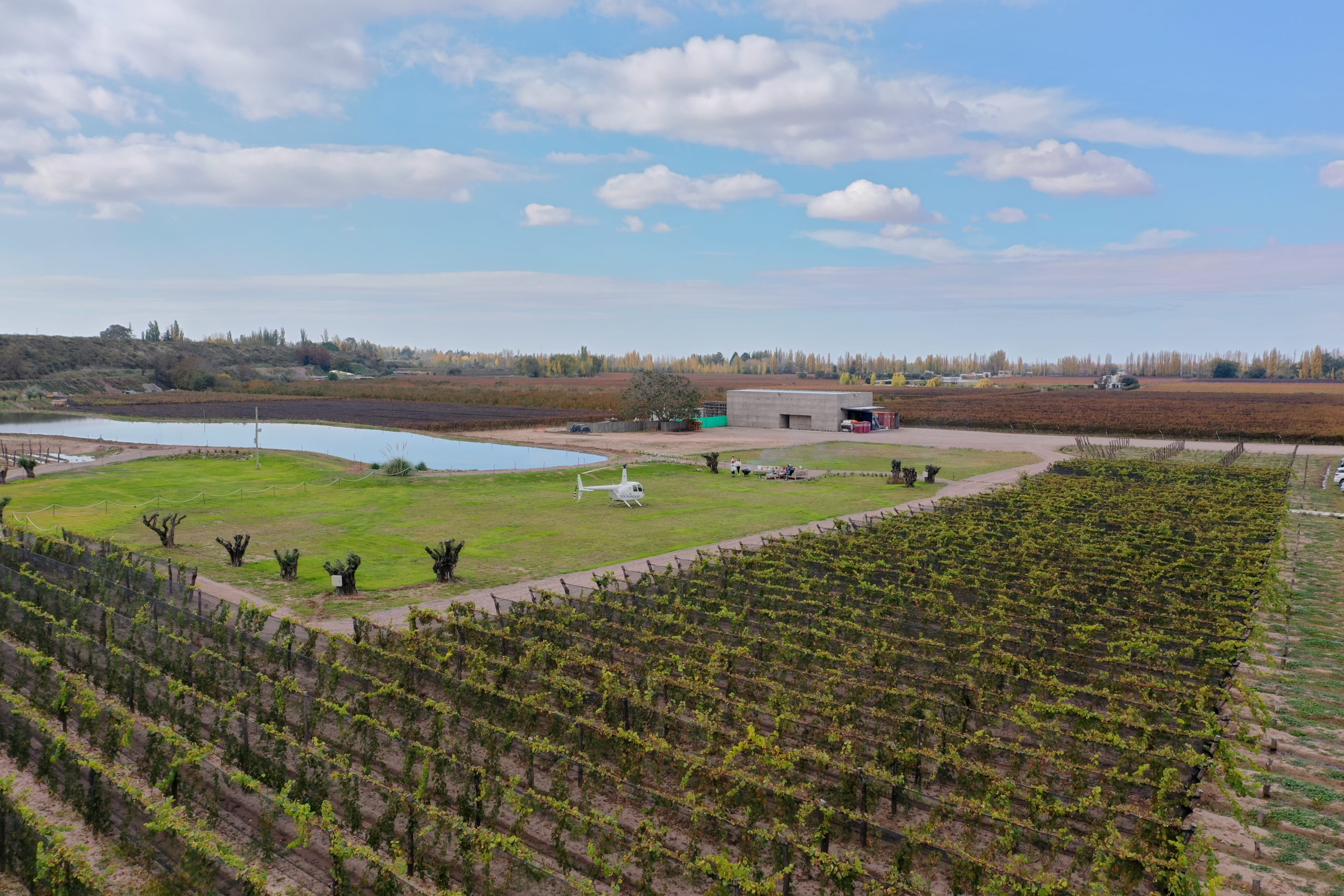
Part of the current wine experience is discovering how wine is combined with other experiences and pleasures. Then Mendoza shines with delicious dishes paired with unforgettable wines. It offers a range of tempting proposals that combine visits to wineries, luxury gastronomy, nature and entertainment.
In Mendoza, wine is part of the daily life. Its presence is notable in friezes, sculptures, pieces of art, handmade mosaics and open-air monoliths. Poetic tributes present in squares, pedestrian spaces and public streets, are allegories to the wine industry, the grape, the wine and the industrious hands that never rest. It is a daily coexistence with the ditches that transport irrigation water along the city streets, a legacy of the water transport system that was developed by the Huarpes native folk.
Great Wine Capital
As one of the Great Capitals of Wine, Mendoza works to promote the wine culture and the professionalization of the wine tourism sector. To be part of this select network of cities is an award and, at the same time, an incentive to show to the world Mendoza’s identity through its literature, music, gastronomy, wineries and wine tourism in general.
It is also important to highlight that, just as in ancient times the wine industry produced the development of trades and auxiliary companies, such as coopers and tanners, Mendoza currently fosters new sectors. There are more than thirty public and private educational institutions that train high-quality human resources in oenology, wine tourism, gastronomy and sommellerie, among others.
The culture of wine is expressed in the drinks that are served, in the vineyards and cellars, in the knowledge regarding the cultivation and in the artistic creations, which range from music and sculpture to the design of a label. Wine and its culture is the expression of the people that create them and project them into the future.
Wine, soul of cultural events
With a cultural heritage of wine so present in the natural and urban landscapes, artistic expressions and tourism products, wine is an essential binding ingredient in any gathering.
During the grape harvest months, a large part of the exhibitions, book presentations, fairs on promenades and pedestrian streets are associated with wine. The wineries that are open to tourism organize parties at sunset in their gardens, concerts with wine pairings and gastronomy. Ensembles and musical bands will accompany each toast in public and private spaces.
Mendoza feels the Harvest season in its blood and beats the countdown to its biggest festival at the Frank Romero Day Greek theater, where thousands of Mendoza residents and tourists will get carried away by the inspiration of wine to celebrate and make a toast to Mendoza.
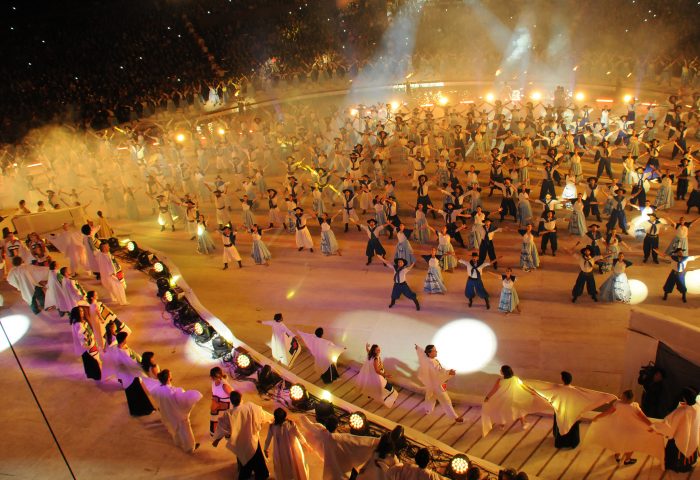
Content and photos by Ministry of Culture and Tourism of Mendoza
Great Wine Capitals: Mendoza, Argentina